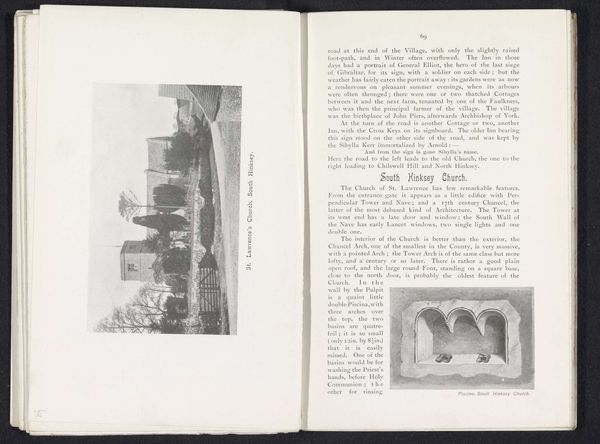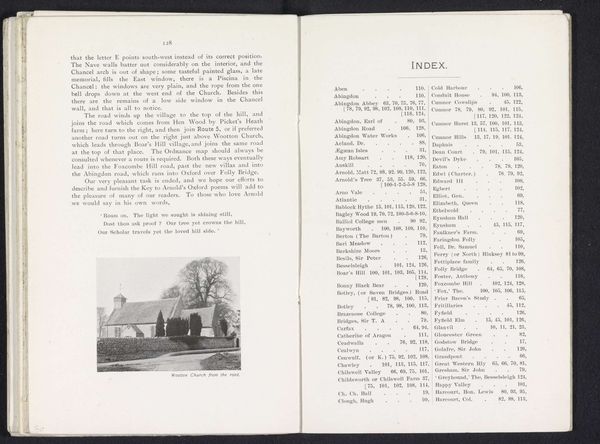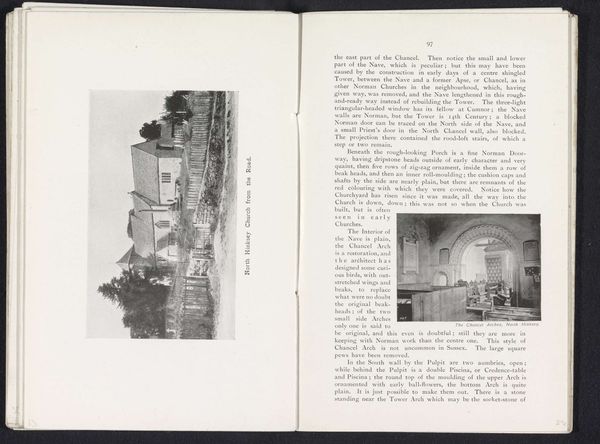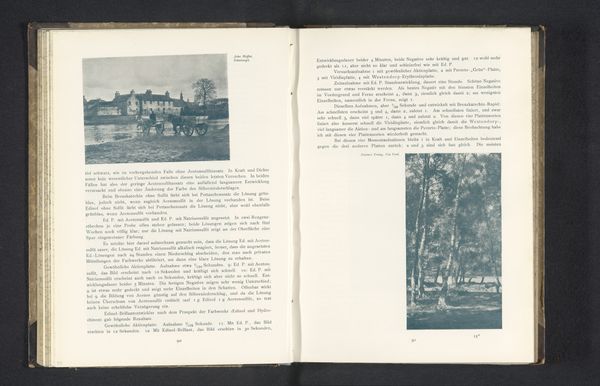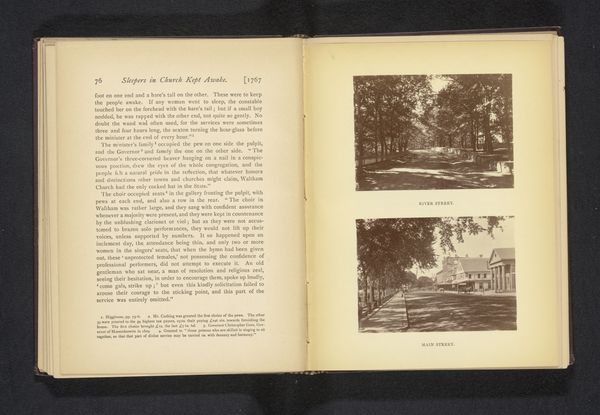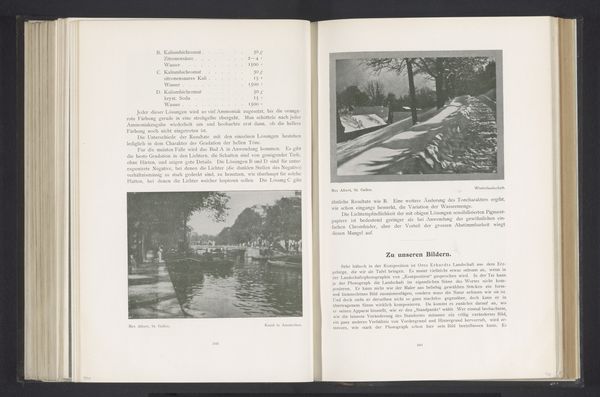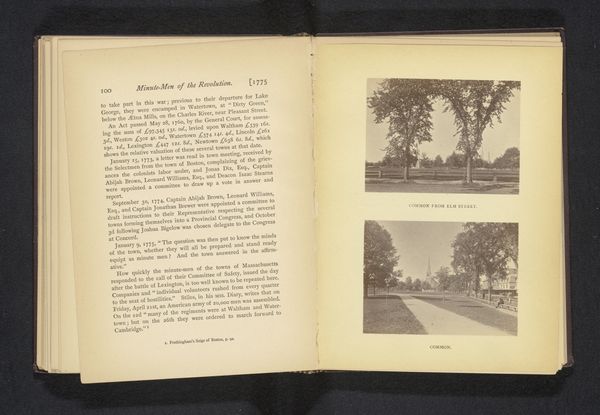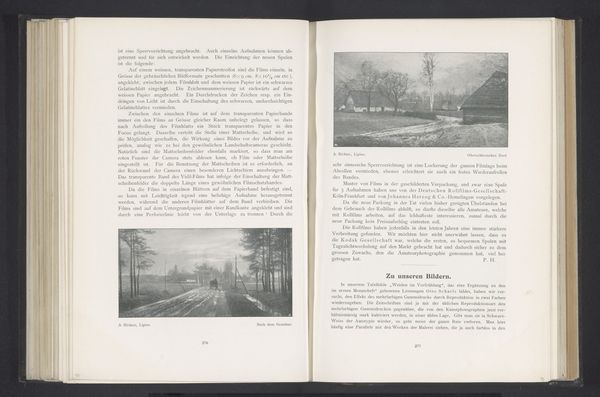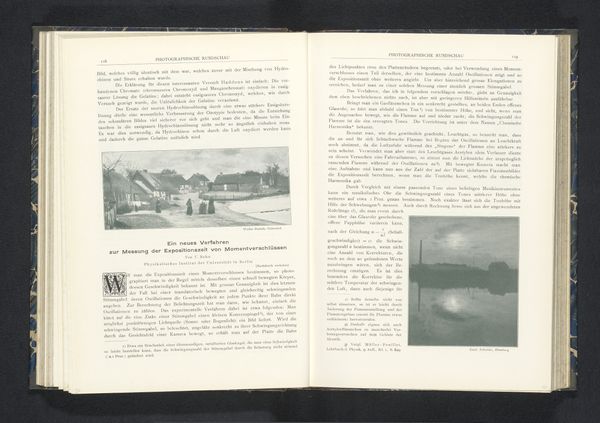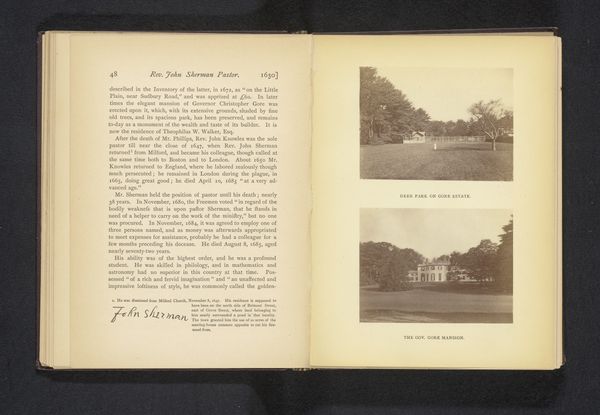![['Magdalen Tower on May morning', "The boar's head at Queen's College, Oxford, on Xmas Day"] by Henry W. Taunt](/_next/image?url=https%3A%2F%2Fd2w8kbdekdi1gv.cloudfront.net%2FeyJidWNrZXQiOiAiYXJ0ZXJhLWltYWdlcy1idWNrZXQiLCAia2V5IjogImFydHdvcmtzLzBhNTYyOWUwLWIwZGYtNDM4Mi1iOGU4LWJjYzljOWI3NjgxNC8wYTU2MjllMC1iMGRmLTQzODItYjhlOC1iY2M5YzliNzY4MTRfZnVsbC5qcGciLCAiZWRpdHMiOiB7InJlc2l6ZSI6IHsid2lkdGgiOiAxOTIwLCAiaGVpZ2h0IjogMTkyMCwgImZpdCI6ICJpbnNpZGUifX19&w=3840&q=75)
['Magdalen Tower on May morning', "The boar's head at Queen's College, Oxford, on Xmas Day"] before 1912
0:00
0:00
print, photography, albumen-print
#
portrait
#
script typeface
# print
#
typeface
#
editorial typography
#
landscape
#
photography
#
paragraph style
#
stylized text
#
thick font
#
cityscape
#
handwritten font
#
classical type
#
albumen-print
#
historical font
#
columned text
Dimensions: height 223 mm, width 143 mm
Copyright: Rijks Museum: Open Domain
Curator: So, here we have an albumen print from before 1912 showcasing two distinct images. It's attributed to Henry W. Taunt, a photographer known for his views of Oxford. We see 'Magdalen Tower on May Morning' at the top left and 'The Boar's Head at Queen's College, Oxford, on Xmas Day' beneath. Editor: Immediately, the photograph featuring Magdalen Tower feels very classical—almost staged. There's a quiet stillness. And, on the other hand, the one with the Boar’s Head is so rich in ritual and feels more celebratory. It is visually chaotic. Curator: Yes, the albumen process gives both images a certain dreamy quality. The Magdalen Tower scene captures that unique Oxford tradition of singing from the tower on May morning. It's bathed in gentle light. We sense this deeply rooted, historical Oxford experience. Editor: The formal composition certainly contributes. Notice how the avenue of trees directs your eye to the tower, creating a sense of depth. The people seem so small in comparison, dwarfed by tradition and institution. Is it trying to capture an intimate ritual and at the same time portraying an epic and timeless academic event? Curator: Precisely, and contrasting that we have the Boar's Head feast! An elaborate tradition that involves specific foods, costumes and, well...boar. Look how meticulously it is set up; almost theatrically presented. It's a controlled display of excess. Editor: Absolutely. See how the lines are more blurred here, intentionally perhaps, in what is supposed to be a depiction of the joyfulness that comes with it? In the lower image the light seems different; the tones are a bit muddy, but then again the subject asks for such an approach, rather than a crisp, perfect portrayal of it. Curator: Both images show us sides of Oxford, don’t they? Ritual, history, and ceremony, presented through Taunt's observant lens, capture moments and cultural echoes in their unique texture. Editor: Indeed. We are confronted by two simultaneous versions of time, Oxford tradition frozen within the dual composition, a moment of reflection from the then present into history.
Comments
No comments
Be the first to comment and join the conversation on the ultimate creative platform.
